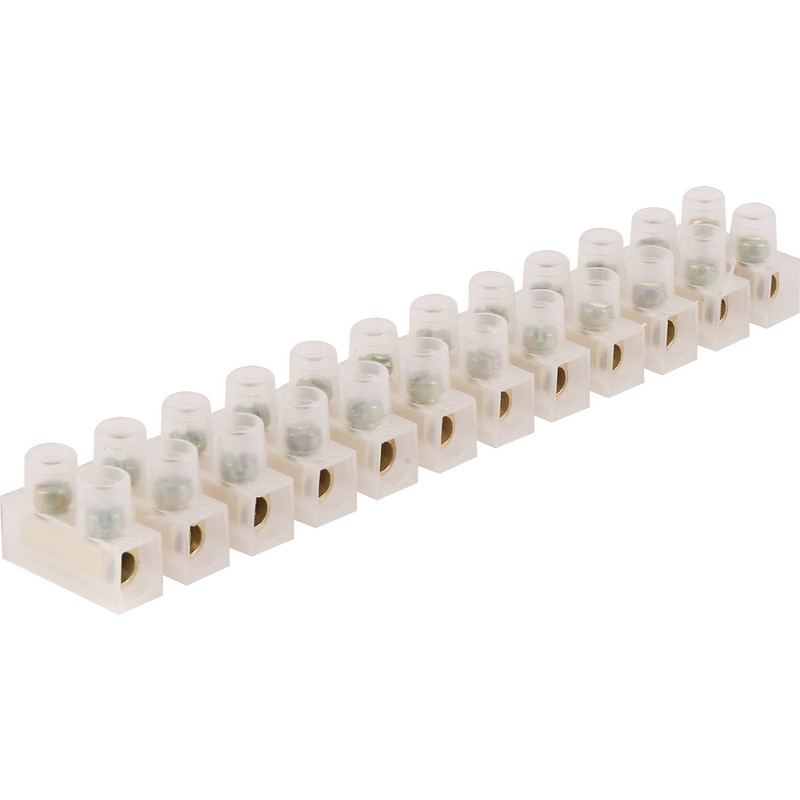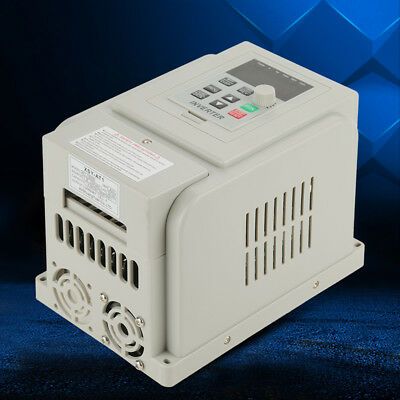Posted by not done it yet on 23/03/2020 10:30:31:
Posted by mgnbuk on 23/03/2020 09:39:12:
As a matter of comment only, that ebay item linked to by mgnbuk does not appear (to me) to indicate it is the inverter in question, so possibly just a ‘red herring’ thrown in?
Not sure what you mean by this ? The link is to an XSY AT1 inverter,as originally referenced by the OP

Still can't see the terribly dangerous, exposed, not protected by a screw secured cover terminals that generated your original comments NDIY ? Could you post the links to your source that suggest that this is not the device in question to clarify please ?
Nigel B.
No, it’s not. The OP has already stated he acknowledges the non-screwed cover. Perhaps you did not see the VFD at the top of the search and/or copied an entirely different VFD from further down the page? Please show the manufacturer and model number of this pic – I don’t think it is the unit under consideration at all. I could see no positive identification marks on it and, as such, is likely just another chinese clone popped into the thread (as a red herring?).
I suspect 'AT1' is a family of similar devices, not a specific unit made identically by only one maker. What's true of one example may be wrong for all the others. Perhaps everybody is right!
NDIY's first post mentions a VFD he saw on YouTube. Can NDIY provide a link so we can all look at the guilty example.
I don't think VFDs are consumer items meant to be wired up and used out in the open. Rather, they're expected to be installed in a well-ventilated electrically safe box, protected from flying coolant, swarf, and people. The VFD in my lathe is as safe as the contactor. Both protect against accidental electrocution, but neither is screw-driver, idiot, or water-proof. Wired competently inside a protective box, both are safe.
I've not seen a VFD more dangerous than a British Made 405 line TV set. Full of high-voltages provided by a transformer-less mains power supply, no earth, and a loosely attached cardboard back full of holes. Cooling slots had to be small enough too prevent a little finger getting inside, but the main safety feature was positioning the set to make the back inaccessible, and only using the official controls. No way was it safe to touch the chassis, even when the set was unplugged. And it was connected to an aerial on the highest point of the house, the chimney, which put a partly ionised column of conductive air a few hundred feet closer to passing thunderstorms. Ah, the good old days…
Dave
Edited By SillyOldDuffer on 23/03/2020 11:30:35
John Rutzen.






